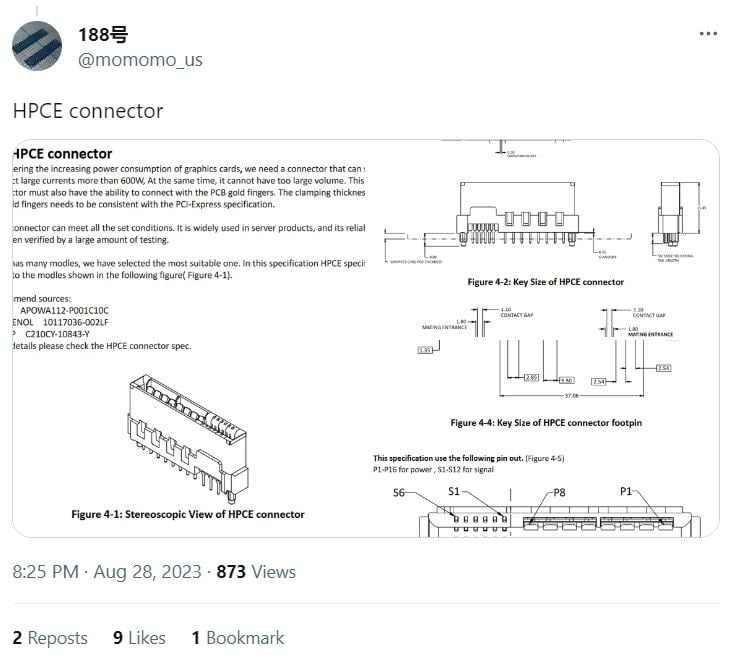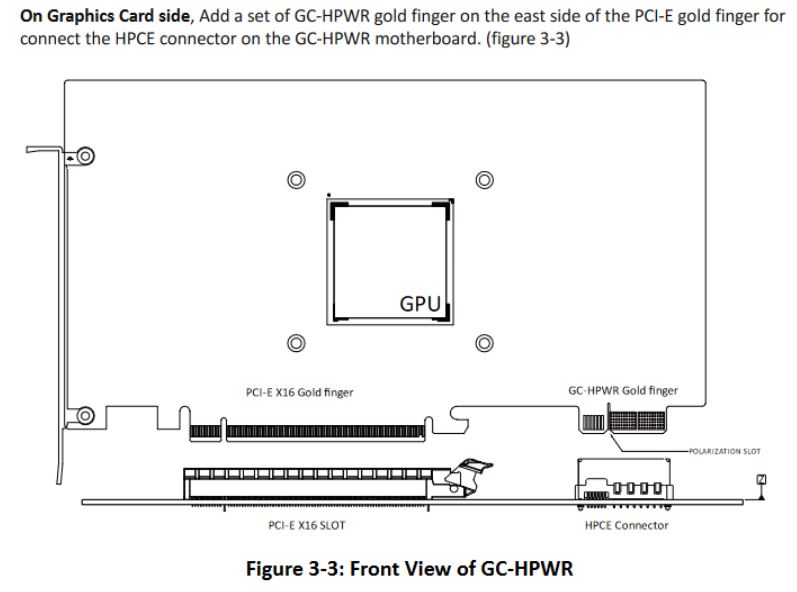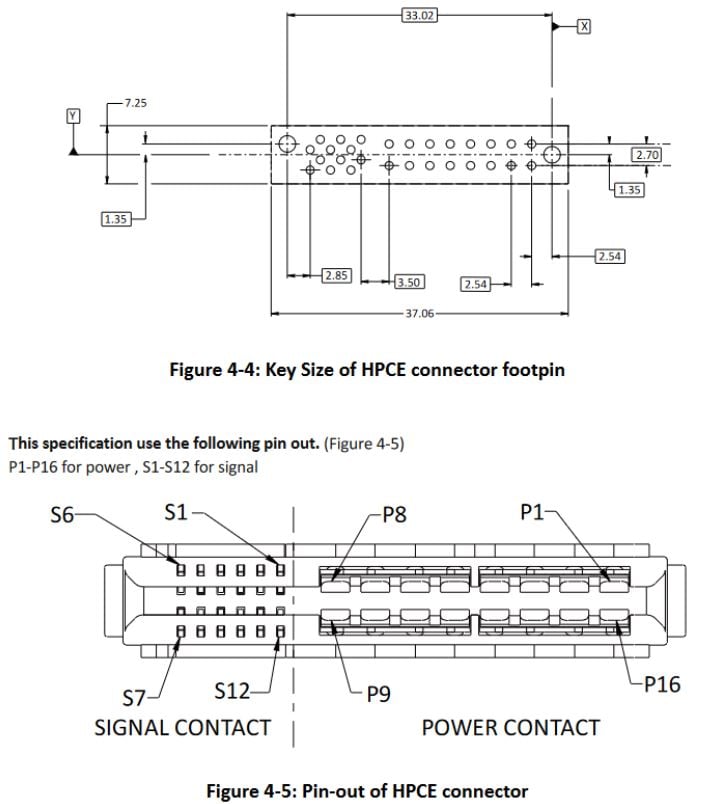In the realm of computer hardware, innovation never sleeps. Recently, a new development has emerged in the form of power connectors, particularly the 12VHPWR connector found on modern graphics cards. While this advancement aimed to enhance power distribution, it hasn’t been without its challenges. Fortunately, developers continue to push the boundaries in their quest to improve user convenience.
A New Era for Power Connectors: High Power Card Edge (HPCE)

In the contemporary landscape of computer components, the latest power supply units (PSUs) are expected to meet the ATX 3.0 standard, ensuring smooth power distribution to all components, especially high-performance graphics cards. However, issues like power connector overheating persist, particularly when paired with top-tier graphics cards.

Thankfully, a promising solution is on the horizon. Recent leaks, courtesy of Momomo_US, suggest the development of the High Power Card Edge (HPCE) connector. This innovation aims to become a standard feature on future motherboards, potentially revolutionizing power delivery.
HPCE: Integrating Power with Efficiency

The HPCE power connector represents a significant leap in power delivery technology. Integrated directly into or onto the motherboard, it promises to supply approximately 600W of power—an impressive feat considering it operates without the need for traditional cables. Furthermore, its compact size is comparable to the commonly seen PCIe x1 slot on motherboards.
The distribution of power is equally innovative. HPCE operates in a manner akin to the well-known PCIe connectors, featuring multiple Pin groups, including 16 Pins for power distribution and an additional 12 Pins dedicated to facilitating communication between the motherboard and the graphics card.
This development heralds a new era of power connectivity, potentially eliminating common issues associated with conventional power connectors. While the exact implementation and adoption timeline remain uncertain, the prospect of enhanced power efficiency and reduced cable clutter is undoubtedly an exciting one for tech enthusiasts and PC builders.

